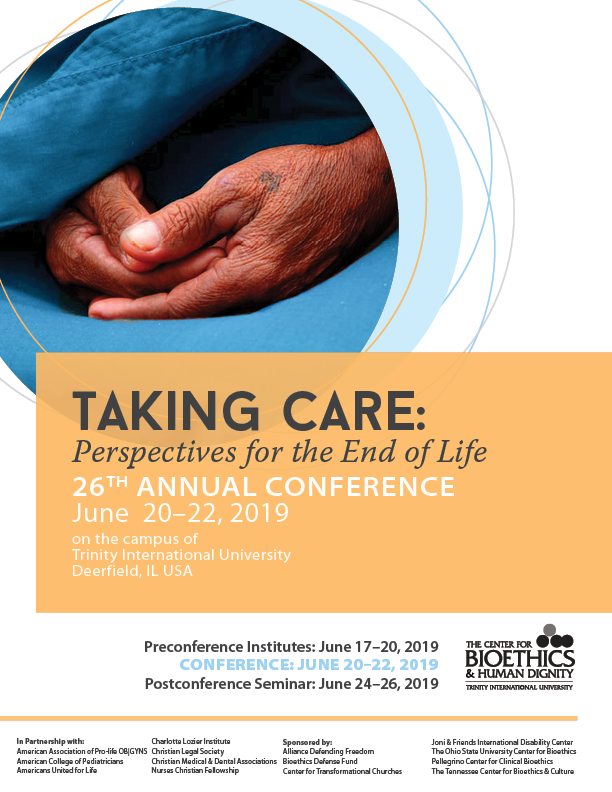
In the months following the decriminalization of euthanasia in 2002, the Belgian Parliament passed two additional laws: every patient’s right to palliative care and the patient’s right to refuse medical treatment. Integrated palliative care (IPC) is an example of such a phenomenon arising from the confluence of the three laws comprising the Belgian Act of 2002 and represents the decisive normalization of euthanasia into the medical profession. IPC is defined by the “reconciliation” of euthanasia with the traditional understanding of palliative care established by Cicely Saunders. Adamantly opposed to euthanasia, Saunders defined palliative care as the medical professional holistically attending to the patient and their family until a natural death. IPC in Belgium aims to maintain this vision while providing euthanasia as a licit medical act. The question guiding this paper asks, “What is at stake in the reconciliation, and is authentic reconciliation possible?” Answering this question led to examining the new demands placed on the physician within IPC. By focusing on the physician’s moral agency, two conflicting paradigms emerge in the license to intentionally kill a patient versus the “do no harm” directive under the auspices of the Hippocratic Oath. Framing IPC in terms of Kuhnian paradigms reveal the physician acting with incommensurable intentions and their role as a permeable border between the two paradigms. Furthermore, this paper features the personal testimonies of Belgian physicians and bioethicists, which indicate the unsustainability and inhuman demands of the permeable border to reveal that the physician effectively practices medicine in a single paradigm.